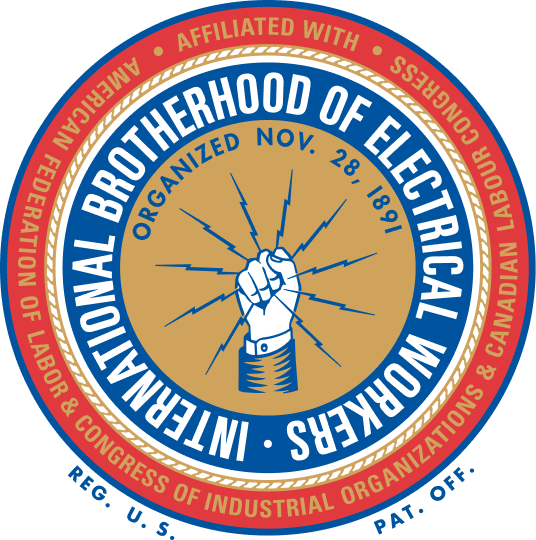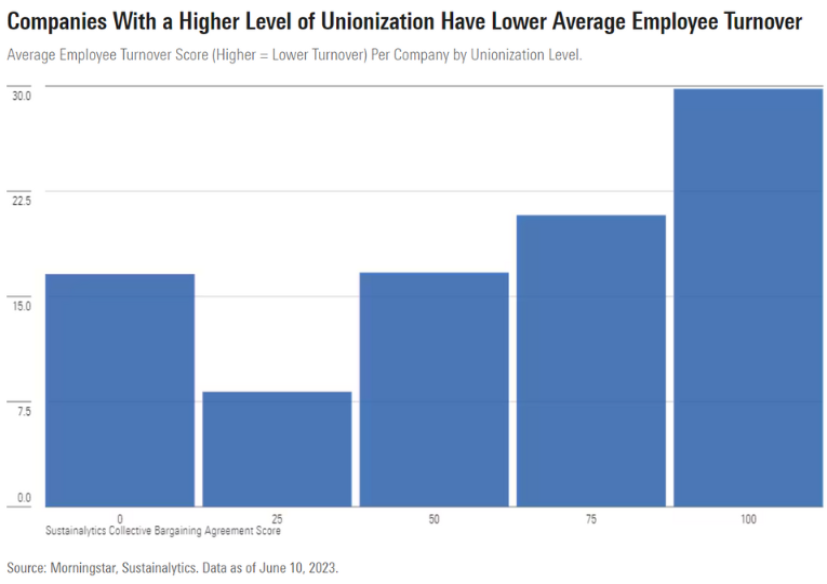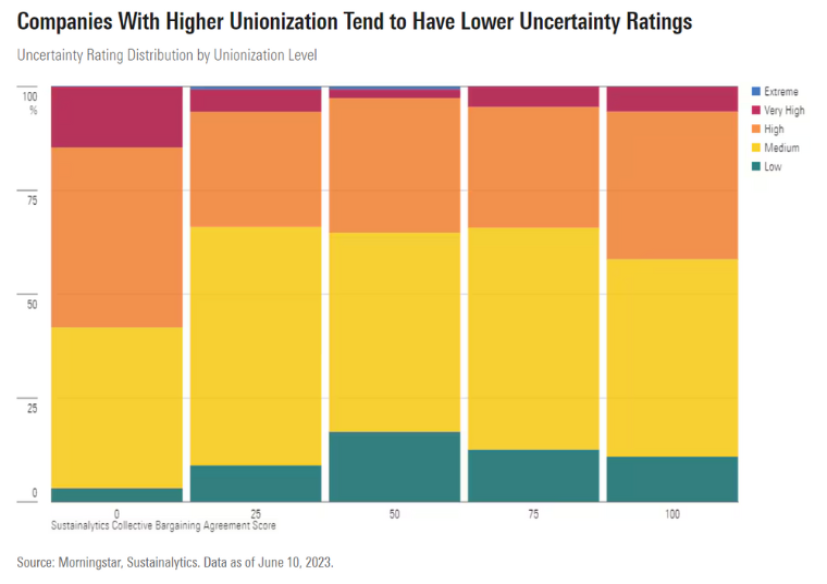
Wind power is on the rise in the US – tens of thousands of megawatts of cumulative capacity generated by more than 45,000 turbines; the growing numbers are testament to its ability to power communities and the economy.
A report from the U.S. Department of Energy concluded that, if wind power could reach 20 percent of the U.S. electricity supply by 2030, it would not only reduce carbon dioxide emissions by 25 percent, but would generate roughly half a million jobs in the U.S.
But for wind power to continue down the path of progress, the nation needs a workforce capable of bringing its potential to full fruition – qualified electricians and reputable contractors lined up, ready to implement whatever wind power plans that may arise.
That’s where the International Brotherhood of Electrical Workers (IBEW) and the National Electrical Contractors Association (NECA) team comes in.
Jointly, the National Electrical Contractors Association and the International Brotherhood of Electrical Workers have invested millions in training programs uniquely positioned to provide the skilled workers the nation demands to push wind power forward. From Massachusetts to Minnesota, Ohio to Oregon, the NECA/IBEW team, through its Electrical Training ALLIANCE, is actively training union electricians in the installation and maintenance of the latest wind turbine and solar technology.
With 300 training centers across America, Electrical Training ALLIANCE offers apprentices and journeymen a range of rigorous, precision “green job” training that puts them at the forefront of the alternative power movement. In California, Local 595 put its renewable energy skills on display in a radical redesign of its own training center, combining wind turbines with solar panels to create a building that produces as much energy as it consumes – making it one of only a handful of U.S. Department of Energy-designated “zero net energy buildings” in the country and one of the first achieved by retrofitting an existing commercial building. On a recent visit to a Denver JATC training facility, Rep. Ed Perlmutter of Colorado said, “This system that NECA and the IBEW have put into place is what we’ve got to do across the nation – no ifs, ands or buts. It’s very simple: it’s good for national security, it’s good for jobs and it’s good for the climate.”






